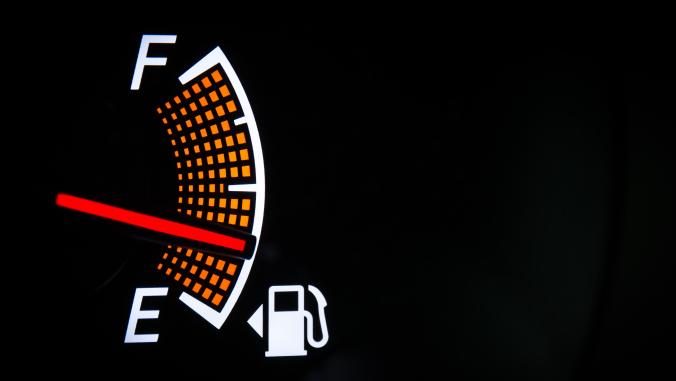Have LEDs Finally Hit the Mainstream?
<p>Though LED fixtures are more expensive than many other types, the cost is falling by about 10 percent a year, while performance is improving by 10 percent.</p>

Image CC licensed by Flickr user cliff1066™
Writing in the Reader's Digest in 1963, a scientist named Nick Holonyak Jr. , who then worked for General Electric and is now a professor of electrical and computer engineering and physics at the University, predicted that light-emitting diodes, better known as LEDs, would replace the incandescent light bulb of GE's founder, Thomas Edison.
Holonyak, who is known as the father of the LED, wasn't wrong.
He was just early.
LEDs haven't replaced incandescents in homes -- not yet, anyway -- because they're pricey. (See my blogpost, Would you buy a $40 light bulb?) But energy-efficient white LEDs like the one below are increasingly replacing HID (high intensity discharge) lights in indoor and outdoor parking lots. They're finding their way into commercial buildings, too.
Beginning in July, the Mall of America in Bloomington, Minn., will replace 5,400 metal halide and high pressure sodium fixtures in its parking ramps with specially designed new fixtures like the one above featuring LED technology from Acuity Brands. It's thought to be the largest LED conversion that has ever taken place -- the giant mall has more than 12,000 parking places to light!
Meanwhile, Walmart has decided that all of the parking lots at new Walmart supercenters, Walmart Markets and Sam's Club will be lit with LED fixtures from GE. This decision comes after three years of research and testing of LEDs at stores in Kansas and Arkansas, as well as work with other retailers who were brought together by the U.S. Department of Energy's Commercial Building Energy Alliances.
You can't get more mainstream than the Mall of America and Walmart.
"It's a new technology, and that's normally a barrier," said Ralph Williams, who is senior electrical engineering manager at Walmart. "You can get on the wrong edge of the leading edge." But the pilot tests in the U.S. and Central America, where higher electricity rates made LEDs a better deal, as well as his conversations with government officials and other retailers, persuaded him that LEDs provide the bright, safe, customer-friendly light that the retailer wants.
Here's a Walmart parking lot in Guatemala City before LED lights were installed.
Here's the same lot after LEDs:
Mike Naylor, the vice president and general manager for outdoor lighting at Acuity, which is doing the Mall of America job, told me: "We’re just now entering a time when LEDs are applicable to outdoor and indoor parking structures. We just turned the corner in the last two years or so."
Roughly speaking, he said, LED fixtures cost two to three times as much as the equivalent HID fixture. "That causes some people to choke down pretty hard." But the LED bulbs use about 50 percent to 60 percent less energy to produce the equivalent light. Payback, as a result, is about five years, not including savings from reduced maintenance. LED bulbs are expected to last as long as 10 years.
Rich Hoge, director of technical operations and construction at the Mall of America, said the big retrofit will cost about $3 million and that the mall expects to reduce its energy costs by about $500,000 a year. The project was helped along by a $500,000 federal stimulus grant and low-cost financing from the city of Bloomington. "The stimulus money had a big impact" on the decision to go forward, Hoge said.
Uh, stimulus money for a megamall? It's not the best imaginable use of your tax dollars and mine, but it will provide clear public benefits -- reduced greenhouse gas emissions from a 50 percent or more cut in energy usage, plus a boost for a still-new technology whose costs will decline as demand rises. Industry experts say the costs of LEDs are falling about 10 percent or more a year, even as the performance improves by 10 percent.
Acuity, by the way, calls itself "one of the world's leading providers of luminaires, lighting control systems and related products and services." Based in Atlanta, it generated sales of more $1.6 billion last year. In a recent letter to shareholders, the company's chairman and CEO, Vernon Nagel, wrote:
The lighting industry is on the dawn of a new era driven by significant and ever increasing pace of change in technology, particularly as lighting sources go electronic and incorporate new intelligent capabilities and features. This will drive more change in the lighting industry over the next decade than the industry has experienced in the previous century.
As I said, Nick Holonyak wasn’t wrong when he predicted the end of incandescent bulbs back in the 1960s -- just early.
Image CC licensed by Flickr user cliff1066™.








